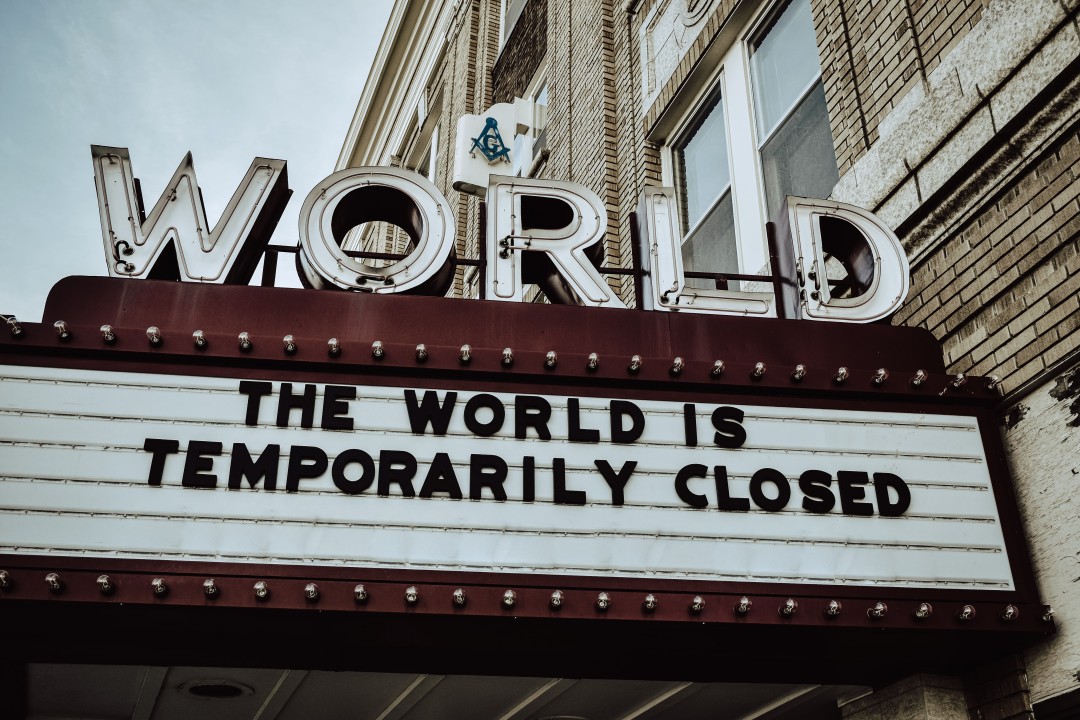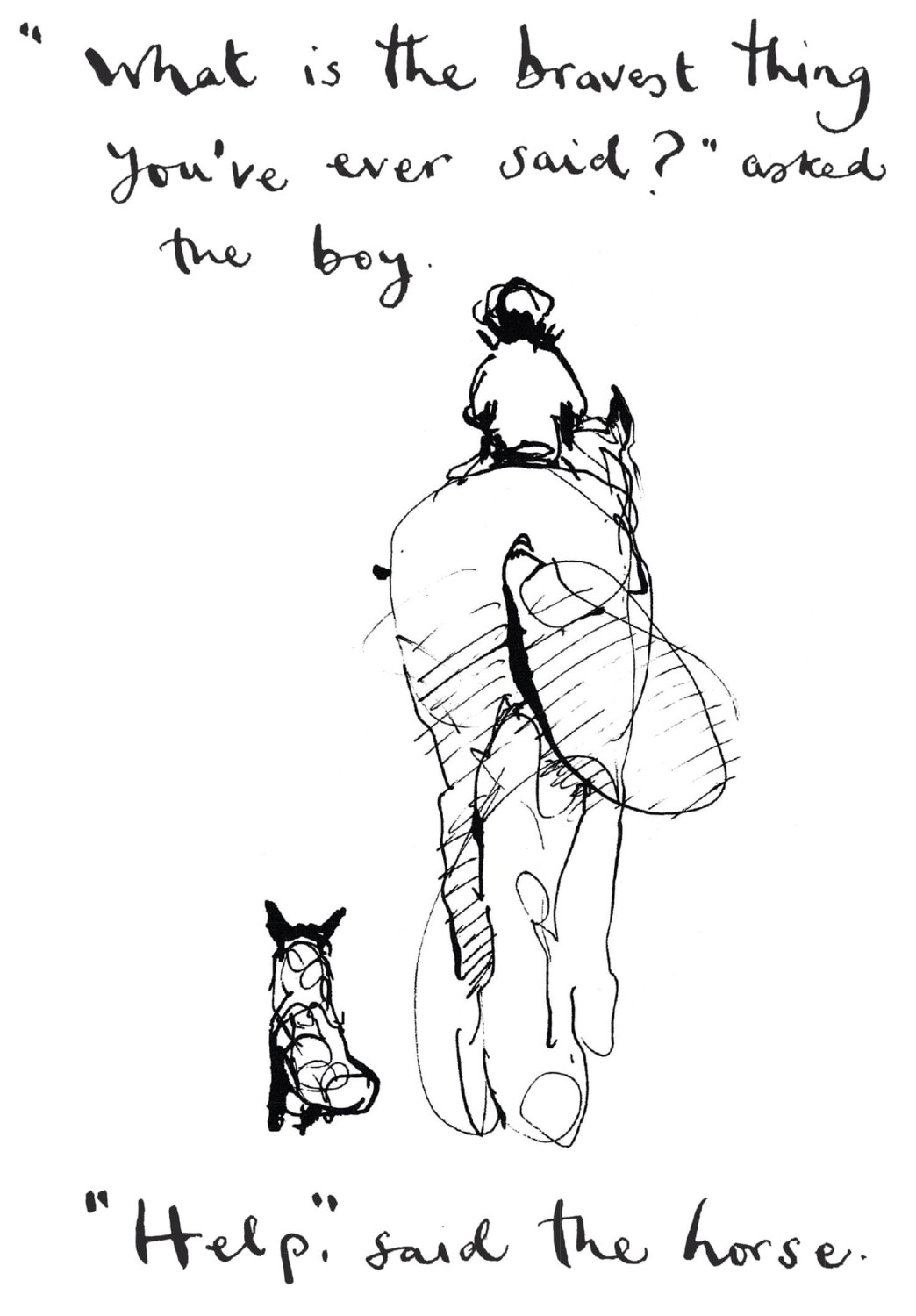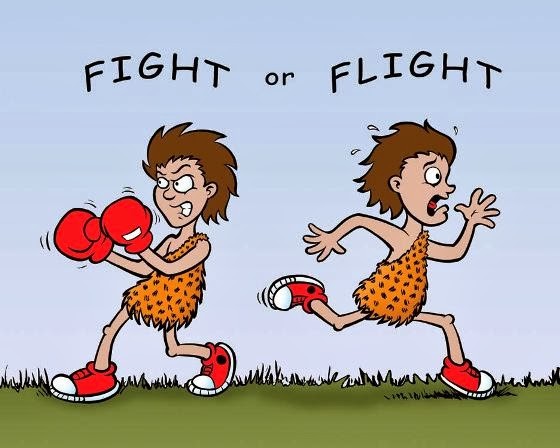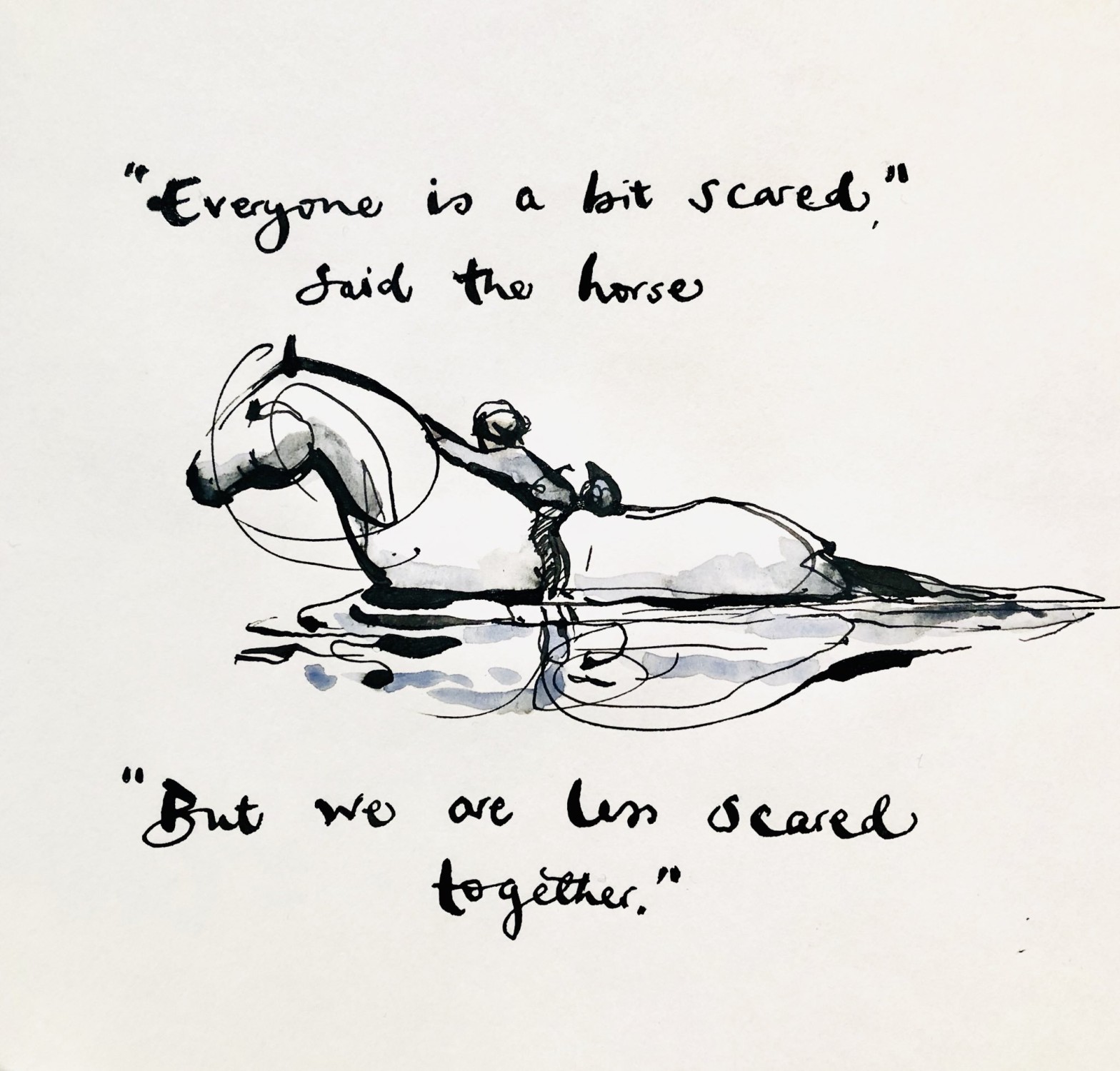

One of the benefits of working in fast-changing country such as Turkey, is that you experience a lot of crises. As executive search consultants, at OneWorld Consulting when we interview senior candidates, they often mention that something happened in a particular year ‘because of the crisis’. Sometimes we have to ask ourselves ‘which crisis?’ as we’ve experienced so many over the last 25 years – earthquakes, huge devaluations, attempted coups and political unrest, as well as being affected by the impacts of global events.
Executives have become adept at managing in a crisis, and individuals and companies have consistently demonstrated their agility and flexibility.

As consultants, coaches and mentors we’ve learnt about dealing with crises from our clients and colleagues and experts around the world, and we thought it would be useful to share a few of the approaches that we have found most beneficial.
In this article we'll look at the Fight, Flight, Freeze response, the SCARF model, CIA circles, Labelling and Framing our thoughts and understanding the stages of grief. These techniques overlap and can be used together. Please take whatever you find useful in them and adapt them in whatever way works best for you. As well as applying them to yourself, think about them in terms of how you lead others, and also help other people apply these tools for themselves.
In times of stress our Fight, Flight, Freeze response is often triggered. The Fight, Flight, Freeze (FFF) response is a healthy reaction when we are physically in danger, and can keep us alive in an emergency. Unfortunately the FFF response can also be overactive and triggered when we perceive danger but we are not at physical risk. When FFF happens, the rational, logical parts of our brains are bypassed and our Autonomic Nervous System takes over. Our brains and body go into survival mode, and that doesn’t help us deal with the situation we are in.
As David Rock writes, “the threat response is both mentally taxing and deadly to the productivity of a person — or of an organization. Because this response uses up oxygen and glucose from the blood, they are diverted from other parts of the brain, including the working memory function, which processes new information and ideas. This impairs analytic thinking, creative insight, and problem solving; in other words, just when people most need their sophisticated mental capabilities, the brain’s internal resources are taken away from them.”
We typically think of Fight and Flight examples, when our brains and bodies are prepared to enter into conflict with the threat, or run away from it.

But we also see examples of Freeze, both in daily life and in nature, where it can be an effective survival technique.
The Fight Flight Freeze response is natural and there are good evolutionary reasons for it. When it happens to us, we need to consider if it is helpful or not. Usually we aren’t in actual immediate physical danger, and the FFF response is unhelpful because it stops us engaging our rational brain to deal with the current situation constructively.
We need to avoid triggering the FFF response in ourselves and others, and when we do find ourselves in Fight, Flight or Freeze mode, we need to recognise it, and manage our response. In times of crisis, simply being more aware of the psychological processes we are going through can be a great help and is the first stage in managing ourselves and others effectively.
David Rock offers the useful SCARF model to understand what triggers the FFF threat response. When we experience threats to our Status, Certainty, Autonomy, Relatedness and Fairness, we are more likely to go into FFF crisis mode. In the Covid-19 crisis we have little Certainty and we have lost Autonomy, and stuck at home we are missing the social connections of Relatedness. And the whole situations seems unFair. Some of us may feel our Status is threatened as well.
When we lead ourselves and others, we need to be aware of the SCARF triggers, and do what we can to avoid making them into overpowering threats.
There are lots of things we don’t know, but we can build ‘islands of certainty’ and focus on what we do know, and give and get as much clear information as possible. We can still ensure that we give ourselves and our teams as much autonomy as possible, allowing them to make choices over how they work and what they do. We can build as much social connection as possible by over-communicating and using different channels to keep in touch, formally and informally. And we can at least be aware of how our sense of fairness has been challenged, and reflect on it, and perhaps remember that many others are having a much worse time than us.
Another model that we find useful for leading in a crisis is the CIA model. (We like catchy acronyms!) This stands for Control, Influence and Accept or Adapt and goes back to ancient wisdom, summed up in the serenity prayer –
When we go into a crisis, we often spend our energy in the wrong way. One way to do better is to divide issues up into what we can Control, what we can Influence and what we have to Accept or can Adapt to. People often spend too much energy and time thinking about issues they can do little or nothing about. Also people’s perceived ‘circle of control’ often shrinks. They can start demonstrating learned helplessness, and think that there is nothing they can do about anything. By managing our FFF response, and calmly evaluating what we face, we can be more optimistic about what we can control and what we can influence. We can work to extend those circles and take more ownership of what is going on. We can also accept that while we may only be able to control certain things, we probably have influence over more things than we realise. And by changing how we act we might be able to move some things from the circle of influence to the circle of control.
We also need to recognize that we need to Accept that some issues are outside of our control. As well as practicing acceptance, it can be helpful to think about how we can Adapt to those issues effectively. For example we can’t control how long we are going to be in lockdown because of the coronavirus, but we can think about how we can adapt to make the best of the situation we are in.
Everything can be taken from us but one thing: the freedom to choose our attitude in any given set of circumstances
Viktor Frankl
When using the Control, Influence, Accept-Adapt model we can also remind ourselves of the benefits of applying a growth mindset, as espoused by Carol Dweck.
Another technique that can help us manage our emotions and be more emotionally agile, is to label our thoughts and emotions.
Labeling allows you to see your thoughts and feelings for what they are: transient sources of data that may or may not prove helpful.
Susan David
Being able to observe our own thoughts and feelings, putting some distance between our conscious self and our thoughts and feelings is a key step in changing how we react.
Between stimulus and response, there is a space. In that space lies our freedom and our power to choose our response. In our response lies our growth and our happiness.
attributed to Viktor Frankl
As well as labelling or naming our thoughts and feelings, we can improve our ability to deal with uncertainty and other challenges we face in a crisis by reframing how we think about what we experience. Asking ourselves what we can learn from this experience, what we have to be grateful for and accepting that some that some events are just random can help us deal with challenges we experience.
In a popular recent Harvard Business Review article, David Kessler explains how understanding the 5 stages of grief can help us manage ourselves and others in a crisis.
“the stages aren’t linear and may not happen in this order. It’s not a map but it provides some scaffolding for this unknown world. There’s denial, which we say a lot of early on: This virus won’t affect us. There’s anger: You’re making me stay home and taking away my activities. There’s bargaining: Okay, if I social distance for two weeks everything will be better, right? There’s sadness: I don’t know when this will end. And finally there’s acceptance. This is happening; I have to figure out how to proceed. Acceptance, as you might imagine, is where the power lies. We find control in acceptance. I can wash my hands. I can keep a safe distance. I can learn how to work virtually.”
Kessler goes on -
“Our mind begins to show us images. My parents getting sick. We see the worst scenarios. That’s our minds being protective. Our goal is not to ignore those images or to try to make them go away — your mind won’t let you do that and it can be painful to try and force it. The goal is to find balance in the things you’re thinking.”
Kessler has now added a 6th stage to grief: Meaning.
“I did not want to stop at acceptance when I experienced some personal grief. I wanted meaning in those darkest hours. And I do believe we find light in those times. Even now people are realizing they can connect through technology. They are not as remote as they thought. They are realizing they can use their phones for long conversations. They’re appreciating walks. I believe we will continue to find meaning now and when this is over.”
I hope that these models have given you some ideas that you can use yourself and also share with those around you and people you lead.
I would like to share a few other resources that are worth looking at as you lead in this crisis. Eric J. McNulty has written a short article on Leading through the duration of the Covid-19 emergency in which he reminds leaders that the two most important currencies they have in a crisis are information and empathy. Information needs to be transparent and trustworthy and empathetic leaders express genuine concern for those affected by the crisis and take steps to alleviate suffering where they can.
I mentioned the importance of keeping healthy and getting enough sleep in a recent article on Connecting, Disconnecting, and Focus – what are we learning about working from home? When we are stressed and may be experiencing the Fight, Flight, Freeze response, regular exercise and sleep are even more important. When we go into FFF, our bodies get ready to fight or run away, and adrenaline and cortisol, the stress hormone, are released. One way to reduce these stress hormones is to do the physical activity which our body wants, and this will also increase endorphins and help you sleep better.
A recent McKinsey article on Leadership in a crisis: Responding to the coronavirus outbreak and future challenges, shares two qualities that effective crisis leaders demonstrate -
“One is “deliberate calm,” the ability to detach from a fraught situation and think clearly about how one will navigate it. Deliberate calm is most often found in well-grounded individuals who possess humility but not helplessness.
Another important quality is “bounded optimism,” or confidence combined with realism. Early in a crisis, if leaders display excessive confidence in spite of obviously difficult conditions, they can lose credibility. It is more effective for leaders to project confidence that the organization will find a way through its tough situation but also show that they recognize the crisis’s uncertainty and have begun to grapple with it by collecting more information. When the crisis has passed, then optimism will be more beneficial (and can be far less bounded).”

We can see that many of the best approaches to leading in a crisis are similar and resonate with each other. At times like this we don’t need a completely different type of leadership. We need to apply what we already know about leadership.
The most effective leaders in a crisis know themselves and their values well and demonstrate their authenticity.
They communicate frequently, effectively and transparently. As Amy Edmondson recently wrote, “Transparency is ‘job one’ for leaders in a crisis. Be clear what you know, what you don’t know, and what you are doing to learn more.”
A crisis is the time to apply your coaching skills with your team, listen to them and ask good questions to help them reflect. Marcus Buckingham emphasises the importance of at least weekly one to one check-ins with your team.
The best leaders and teams know how to constantly learn. In a study of what we can learn from China’s response to the Covid-19 crisis, McKinsey recommends adopting a ‘test and learn’ mentality being “ready to recognize what isn’t working and changing it fast. Leadership teams that continuously learn, actively identify best practices, and rapidly set up mechanisms to share ideas across the organization tend to be most successful in the long run.”
Although no-one ever wants to be in a crisis, they are periods when real leaders demonstrate their worth. See this crisis as an opportunity to learn, to refocus on your values and to help those around you, and be forgiving to yourself as you find your own way through it.
Source: https://www.linkedin.com/pulse/leading-yourself-others-crisis-tim-bright/